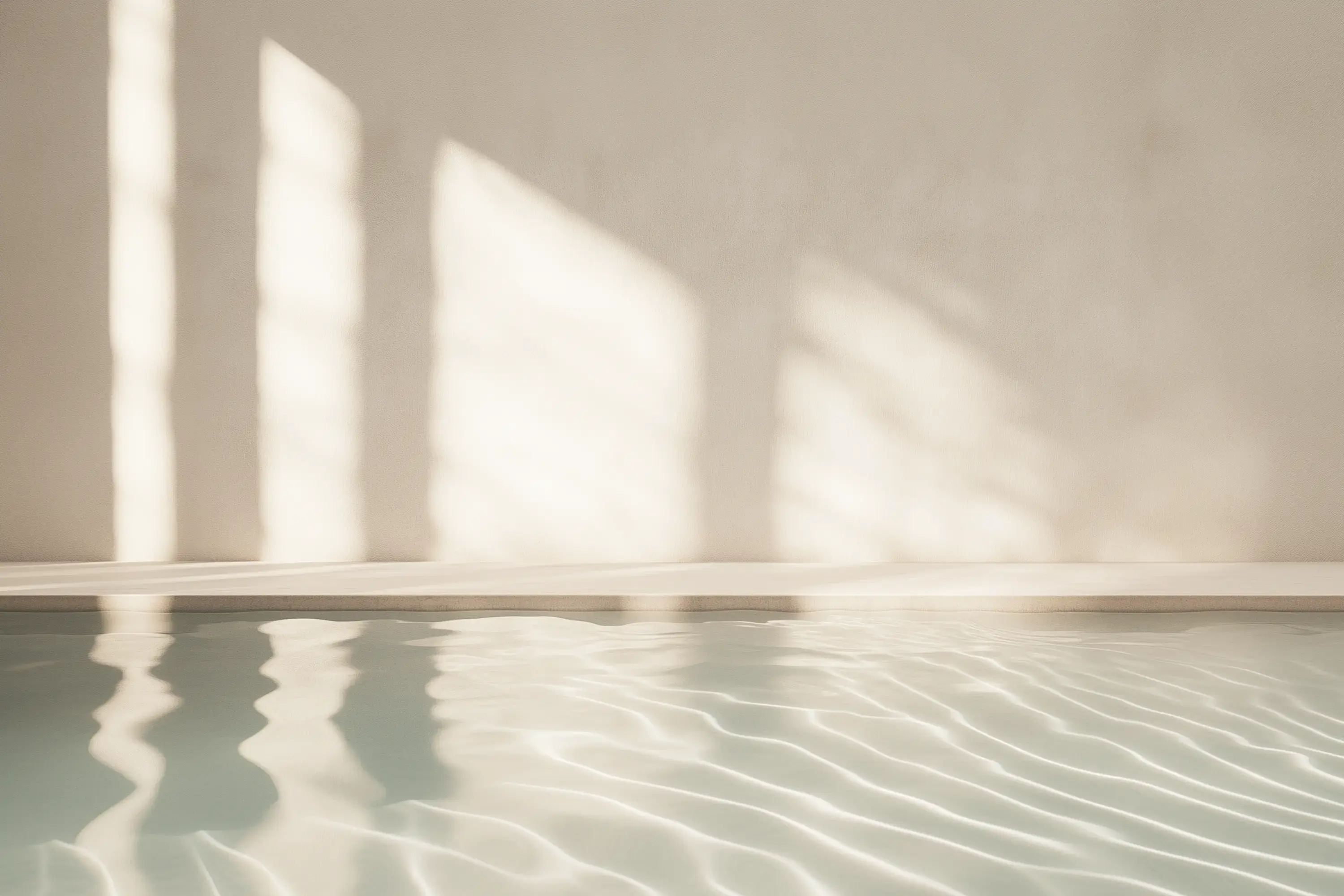Text-to-image AI has transformed digital art creation, allowing anyone to turn ideas into visual content. AI image generators like the open-source models hosted on Venice offer powerful tools to bring your imagination to life.
Let's explore how to make the most of these capabilities.
Table of Contents:
The basics: How to generate AI images
Tip 1: Leverage detailed descriptions and style references
Tip 2: Use AI image generator camera position prompts
Tip 3: Combine multiple models for layered results
Example: Using the Venice AI image generator
AI image generator FAQs
The basics: How to generate AI images
AI image generation starts with a text prompt describing the desired image. The AI image generator interprets this prompt and creates a corresponding visual.
For example, a simple prompt might be: "A red apple on a wooden table."
This basic prompt will generate an image. But to create truly unique visuals, you'll need more advanced techniques like the following tips.
Tip 1: Use detailed descriptions and style references
Specificity is key. Include details about colors, textures, lighting, and atmosphere when prompting the ai image generator. Reference specific art styles or artists to achieve a particular aesthetic.
Example prompt: "Futuristic cityscape in the style of Van Gogh's 'Starry Night'. Swirling neon lights, towering skyscrapers against a turbulent night sky. Mix of art deco and cyberpunk architecture, holographic ads flickering in the distance."
This level of detail guides the AI to create more precise and unique images.
Tip 2: Implement camera position prompts
Camera position prompts add depth and perspective to your AI image. They guide the AI image generator on how to "frame" the scene.
Example: "Low-angle shot of a red dragon on a castle tower at sunset."
This creates more dynamic visuals by specifying viewpoint and composition.
Tip 3: Experiment with different AI image generation models
Venice offers multiple open-source AI image generators, each with unique strengths:
Playground v2.5: Versatile, great for various styles and concepts.
Fluently XL Final: Excels at naturalistic, detailed, high-resolution images.
Dreamshaper: Specializes in stylized and abstract visualizations.
FLUX: Best-in-class for photo-realistic outputs.
Try your prompt across different models to discover unique interpretations. This approach helps you find the best fit for your project and broadens your understanding of each model's capabilities.
Try it! Create an AI-generated image using Venice.ai for free
Example: Using the Venice AI image generator
Step 1: Open Venice and select image generation mode
Go to Venice.ai and select the image generation mode.
Step 2: Choose your preferred image generation model
Click on settings and select your preferred image model. For this example, we'll use Playground v2.5.
Step 3: Craft a detailed prompt including style references and camera positions
Enter a prompt that incorporates detailed descriptions of styles and a camera position:
Tip: For preset styles, scroll through Venice’s style options in the settings menu
Step 4: Experiment with different models
Without changing the prompt, switch to Fluently XL Final and generate again.
Then try FLUX.
Compare how each model interprets the same prompt differently.
Bonus Step 5: Upscale your image (Pro users)
When you've finally generated an image you really like, click the upscale button and Venice will generate a 5088 × 3392 version of your image.
Try it! Create an AI-generated image using Venice.ai for free
AI image generator FAQs
How does AI generate images?
AI image generators use algorithms trained on vast image-text datasets. They analyze prompts and generate new images based on learned patterns.
What are the benefits of text to AI images?
Text-to-AI image generators offer several advantages. It provides accessibility, allowing anyone to create visual content without artistic or graphic design skills. The process is fast, generating images in seconds. It offers versatility, enabling users to produce a wide range of styles and concepts. Lastly, it allows for quick iteration, making it easy to refine and experiment with different ideas.
Which AI platform can generate images?
Several platforms offer AI image generation capabilities, each with its own strengths:
DALL·E 3: Easy to use, integrated with ChatGPT
Midjourney: Known for high-quality artistic results
Adobe Firefly: Integrates AI elements into photos
Stable Diffusion: Offers extensive customization and multiple fine-tuned models
Canva: While primarily a design tool, Canva has integrated AI image generation features
Venice: Provides uncensored, private AI image generation with powerful open-source models
Is there a free AI image generator without restrictions?
Venice offers uncensored AI image generation, allowing unrestricted creative exploration. The basic tier is free and accessible to everyone, and Pro users can deactivate Safe Mode in Venice.
Can you use AI-generated images for public media or on a website?
Usage rights for AI-generated images vary by platform. Check the terms of service for your chosen tool. Be aware of potential copyright issues, especially when referencing existing artworks or styles.
Try Venice: Free, private, uncensored AI image generation
Venice offers a powerful AI image generation platform that respects your privacy and creative freedom. Unlike other services that may store or analyze your prompts and images, Venice keeps your creative process completely private. Our commitment to open-source models ensures you have access to cutting-edge AI capabilities without compromising on freedom of expression.
Whether you're a digital artist, content creator, or just curious about AI's potential, Venice provides the tools you need to bring your ideas to life - all while keeping your data private and your creativity uncensored.
Try it! Create an AI-generated image using Venice.ai for free
Back to all posts
 Venice.ai
Venice.ai